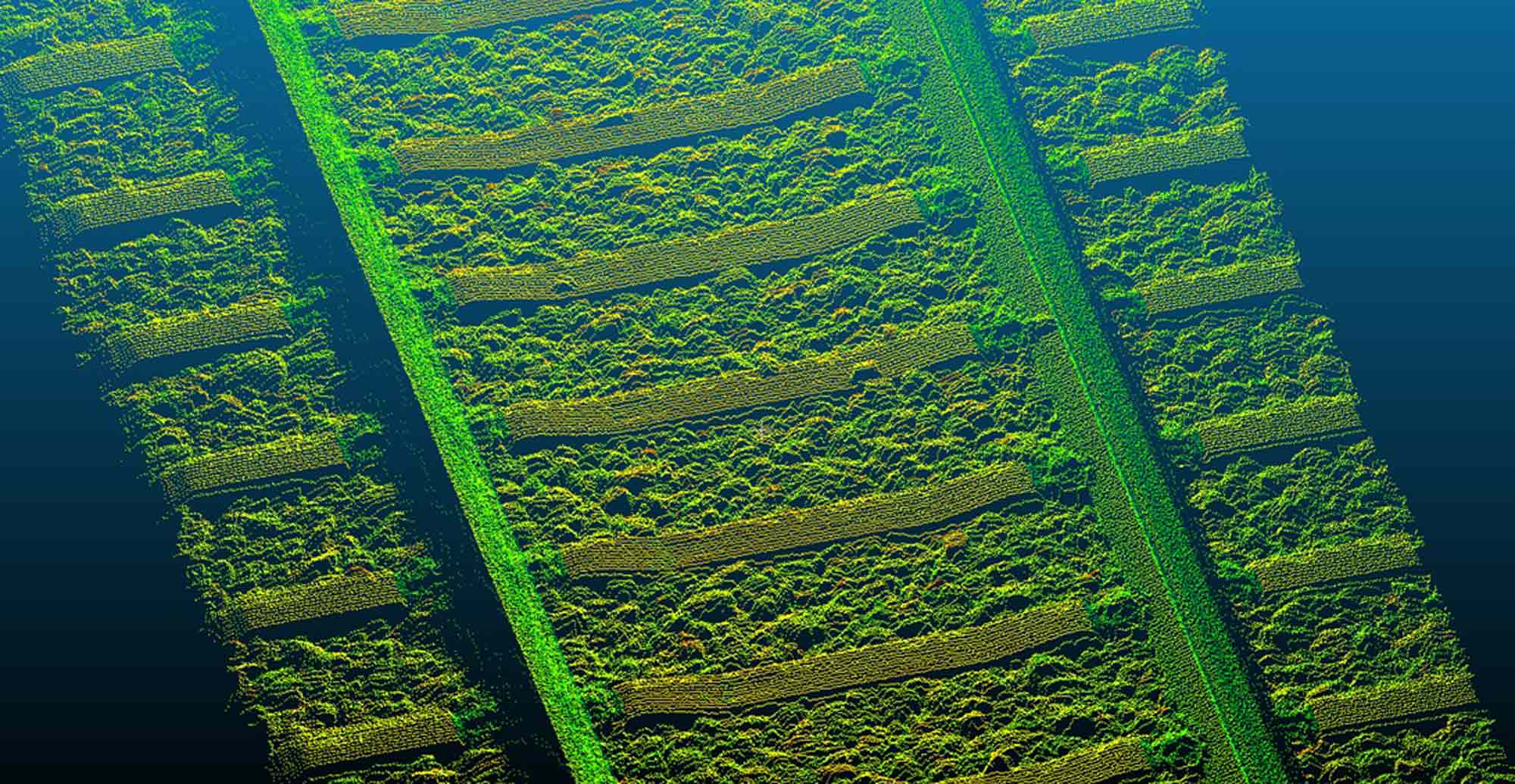Gauging rail tracks quickly and precisely: Fraunhofer IPM’s Rail Track Scanner RTS
A new type of optical sensor system gauges rail tracks quickly, reliably and safely. The sensor detects geometrical irregularities with the aid of a laser scanner and generates a three-dimensional image during the process. The Rail Track Scanner developed by Fraunhofer IPM is small and compact – and can thus be mounted effortlessly on rail vehicles. Fraunhofer IPM is exhibiting the system at the »Innotrans« Trade Fair for Transport Technology in September.
Various rail track parameters need to be measured regularly in order to maintain a safe rail track infrastructure. Irregularities in geometry on the rail tracks, which are subject to tension, may lead to abrupt cracking and thus to a »domino« effect – whereby rail tracks and sleepers may break over long distances. Nowadays, the condition of the rail track infrastructure is generally recorded with the aid of camera-based systems. This entails the disadvantages of dependence on ambient light or artificial lighting, elaborate processing and evaluation of the data as well as the high memory capacity needed to store the photographic images.
A laser scanner gauges rail tracks, sleepers and track bed
Fraunhofer IPM’s Rail Track Scanner RTS is the first laser scanner to be used for geometric gauging of rail tracks, railhead, sleepers and track bed. A specially designed optical structure allows the scanner to be mounted only 1.2 m above the track bed. The laser scans the rail tracks transversely with respect to the forward motion of the measuring vehicle over a width of approximately 1.7 meters. A very detailed, three-dimensional image of the rail tracks and the infrastructure directly linked to it is produced using up to 800 profiles and two million measurements per second. Suitable algorithms allow parameters such as distance, height and inclination of the rail track or the railhead geometry to be extracted from the so called point cloud generated in this way and to be compared with target profiles. The scan frequency can be adapted flexibly to the relevant task. Topographical structures or changes in structure are detected reliably with a measurement uncertainty of less than one millimeter.
Eye-safe and flexible
The robust, shoebox-sized scanner can be mounted on any rail vehicle. This means that the RTS offers a low-cost option for automatic gauging of rail track infrastructure even without the need for a special-purpose measuring vehicle. The scanner operates with an eye-safe infrared laser (laser class I) and can be used without any restriction in the public places. The RTS is being used by the iNovitas Swiss mobile mapping service provider for the first time for the metrological assessment of narrow gauge tracks in Switzerland.
Fraunhofer IPM will be presenting the Rail Track Scanner at Innotrans (Berlin, September 23 – 26, 2014) Hall 23B, Booth 206 of the Fraunhofer Transport Alliance.
Mobile laser scanning at Fraunhofer IPM
Fraunhofer IPM develops optical measuring systems for monitoring rail and road infrastructure. Measurement technique and optics experts, designers, electrical and software engineers jointly work with the aim of supplying turn-key solutions for the special requirements of infrastructure operators and gauging service providers. The robust measuring systems are in use all over the world and are characterized by high speed, precision and reliability.
Fraunhofer IPM will be hosting an international workshop focusing on mobile laser scanning on November 26 and 27, 2014. Further information is available at www.molas-workshop.org
